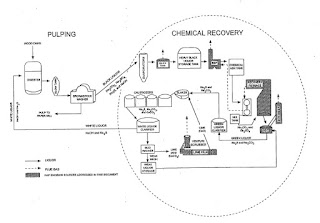WEFTEC's expansive show floor provides unparalleled access to the most cutting-edge technologies in the field; serves as a forum for domestic and international business opportunities; and promotes invaluable peer-to-peer networking among registrants.
The conference provides insights and products for water and wastewater technologies including:
The conference provides insights and products for water and wastewater technologies including:
- Collection Systems - Management, operations and maintenance, infrastructure, overflow reduction, wet weather planning, watershed approaches, and regulations
- Energy Conservation and Management - Resource recovery, combined heat and power, biogas optimization
- Membrane Technologies - Application in wastewater and water reuse, innovations, enhanced performance, regulatory compliance
- Plant Operations and Treatment - Innovations, technologies, processes, and proven solutions in water and wastewater treatment; including nutrient removal and odor control
- Regulations - CMOM/SSO Rules, TMDL/Watershed Rules, Nutrient Trading, and NPDES Phase II
- Research - Leading edge process applications in water and wastewater treatment and recent developments
- Residuals & Biosolids - Incineration, disposal, reuse through land application, research, regulations, politics, and public perception
- Stormwater - Treatment, green infrastructure, wet weather management, modeling
- Utility Management - Asset Management and financial planning for infrastructure, technology, regulatory compliance, and security; including environmental management systems (EMS)
- Water Reuse/Recycling - Research, regulations, emerging technologies, proven processes
- Water Quality & Watershed Management - Stormwater, wet weather, and watershed issues
Kinetrol is exhibiting again this year and will be in booth 4136. Please come by and visit us if you attend.
McCormick Place | Chicago, IL
Exhibition: October 2 - 4, 2017
Hours: 8:30 am - 5:00 pm daily
COME VISIT US AT BOOTH 4136






